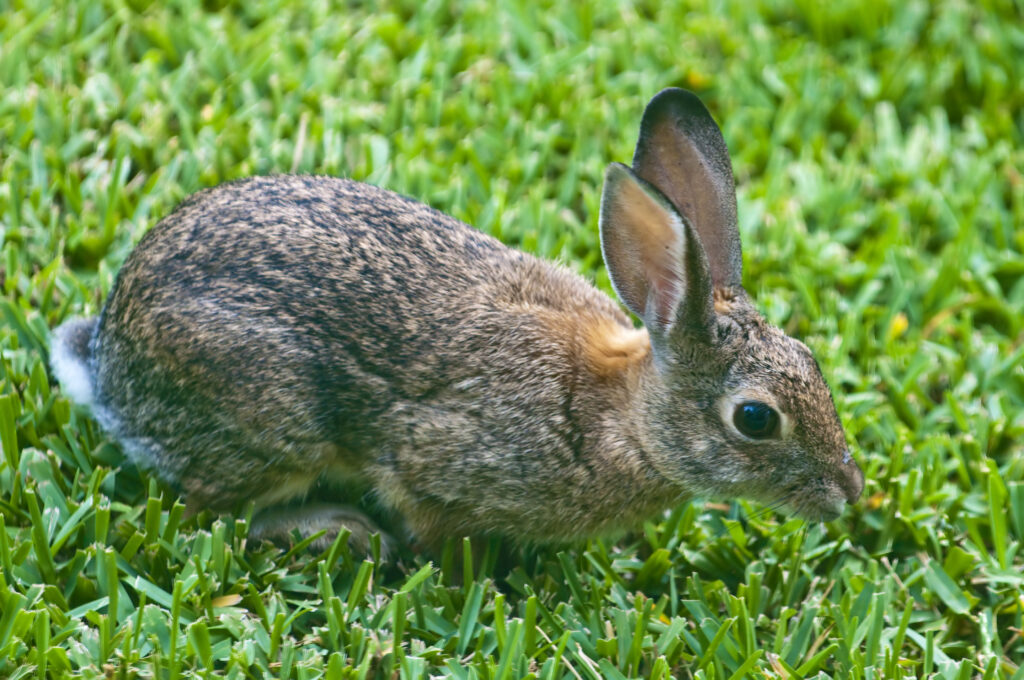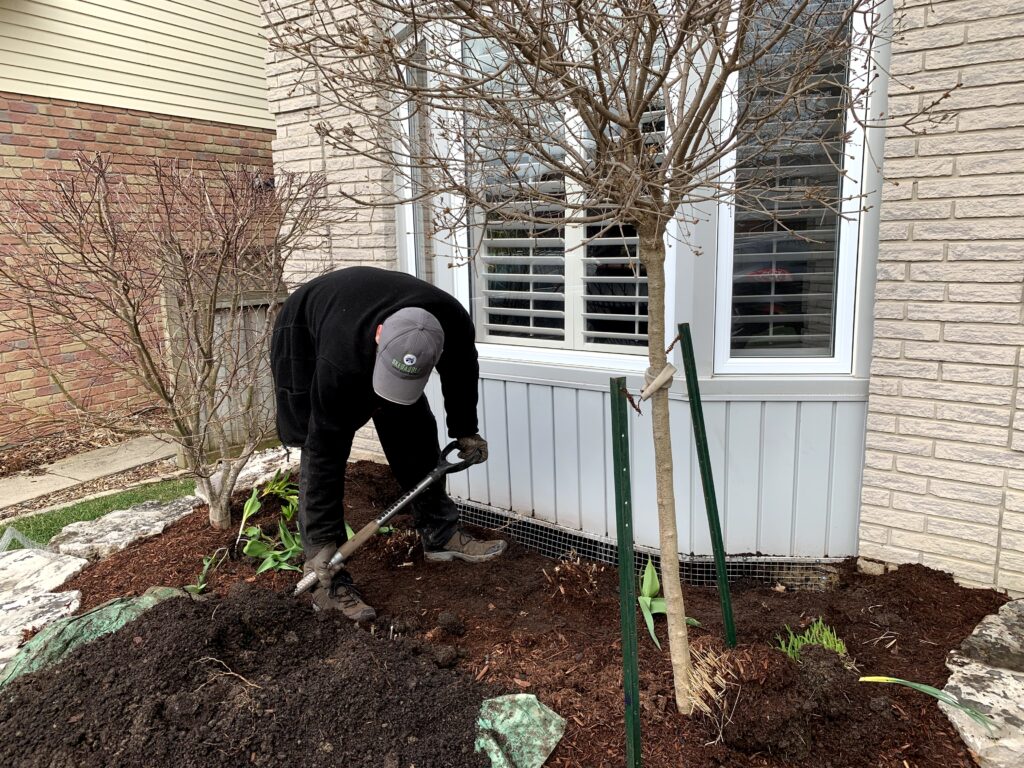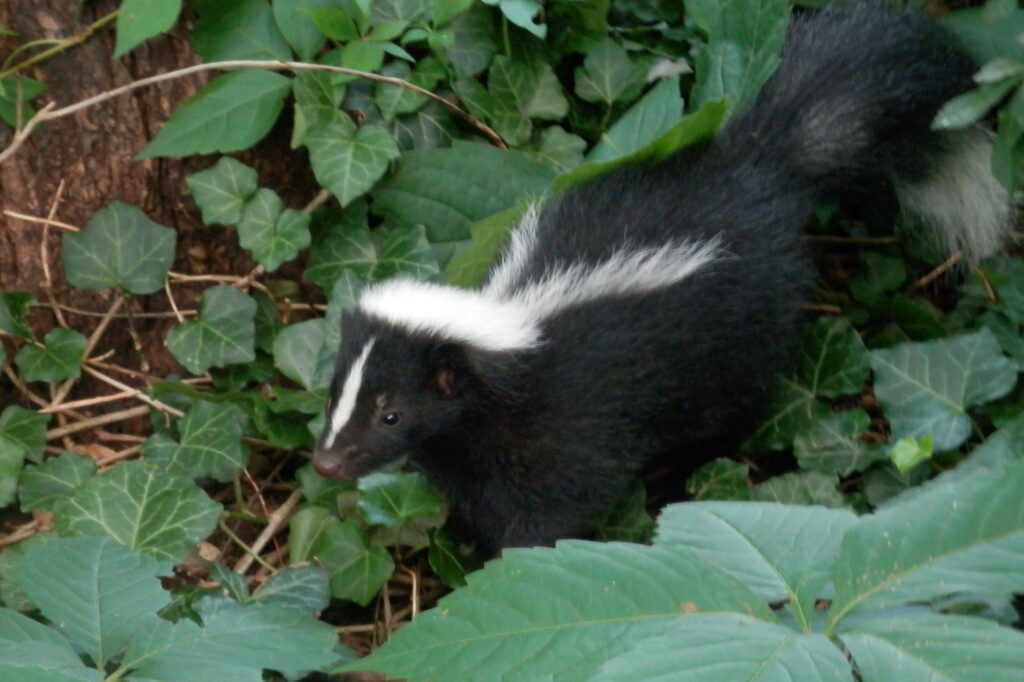Aside from the warm weather that melts away the cold snow, one of the best parts about the spring season is witnessing the beautiful wildlife that visit our backyards. As the thick blanket of snow is lifted, fresh vegetation and food sources emerge for wildlife and their newborns to feast on. Unfortunately, many wildlife families find the gardens and grass in our yards to be the perfect place to settle in for the spring.
Rabbits, squirrels, and skunks often tempt our pets to chase them through the yard, and sometimes even beyond the property, which can be unsafe for both animals. Mother bunnies who often build nests for their young in our backyards are at risk of dogs accidentally harming their babies out of curiosity. By educating ourselves on the common habits of our local wildlife, we can best protect both the wildlife and our pets this coming spring.
Why Are Wildlife In My Yard?
Wild animals thrive in the spring months. After having survived another cold winter, they emerge from their den sites with plenty of water and food sources to choose from. Our backyards offer the perfect place to collect some sun rays and feed on new growing vegetation.
Most wildlife species mate and reproduce during the early stages of spring, motivating them to search our communities for warm den sites and bountiful food to build their fat stores and maintain their energy. Young wildlife use the abundance of food to grow into adults. Gardens and growing grass make our yards inviting to mothers building nests to birth and raise their babies. For all of these reasons, spring is an important time for all wildlife species to grow and thrive, and our open backyards offer them the perfect opportunity for both.

Risks Associated With Wildlife Interactions
During their visit, our furry friends leave their urine and feces behind as they fill their bellies on leaves and other garden vegetation. Not only can this be unsightly, but the fecal matter of wildlife holds bacteria and diseases that are transferable to humans and our pets. Our unsuspecting pets can eat or come in contact with this bacteria that can in turn cause them serious neurological and respiratory infections, among many other painful contaminations.
Dogs and cats are always chasing the bunnies and squirrels that feast in our yards, and can not only hurt the wildlife they are chasing, but hurt themselves in the process as well. Babies that are dependent on their mother can not run away from a curious pet, and in some cases pets will pick up and harm babies out of curiosity. The best way to keep your pets and all wildlife safe is to take as many preventive measures as possible to protect your yard.

Preventive Measures To Avoid Unsafe Wildlife Interactions
Preventing wildlife from gaining access to your property entirely is almost impossible. Since urban wildlife have adapted to our communities so well, they will always be able to find a way into our yards for food and shelter. Although it can be difficult to prevent them from entering – there are measures you can take to deter them from extending their visit into the long term. Taking time before the spring arrives to protect your home is the best way to avoid any future wildlife conflicts. Here are some simple steps you can take to deter wildlife from coming to your backyard:
- Place bird feeders as far away from you home as possible, and clean the area regularly
- Aerate your lawn to decrease grub populations
- Do not leave pet food outdoors
- Ensure garbage, recycling and compost are tightly sealed at all times
- Install a motion detection lights to deter wildlife
Taking these steps will likely decrease your chances of having trouble with wildlife this spring.

More Spring Tips To Protect Wildlife
Our backyards house a variety of places that wildlife love, and each one requires different prevention measures to keep our furry friends away. While you may see your garden as a beautiful view out your back window, wildlife see it as an all you can eat buffet. Not only can this destroy your garden, but many plants can be harmful to the wildlife in our communities. Common vegetables in gardens such as chili peppers can hurt the digestive system of wildlife, causing them to vomit or experience stomach pain.
Since gardens are in one place, it’s easier to create barricades that wildlife can not get past. Here are some of the best tips to prepare you garden for wildlife visitors in the spring:
- Add rough mulch to garden beds
- Install raised garden beds
- Install mesh netting around garden areas
- Include plants with pungent smell
Getting Help With Wildlife This Spring
Many wildlife species, like bunnies, are always on the move. If you already have animals living on your property, be sure to keep your pets at a distance from them and their babies in order to keep everyone safe. The only way to safely get wildlife off your property for good, is to call in professionals. Skedaddle Humane Wildlife Control can protect your property, while keeping all the wildlife on it safe



